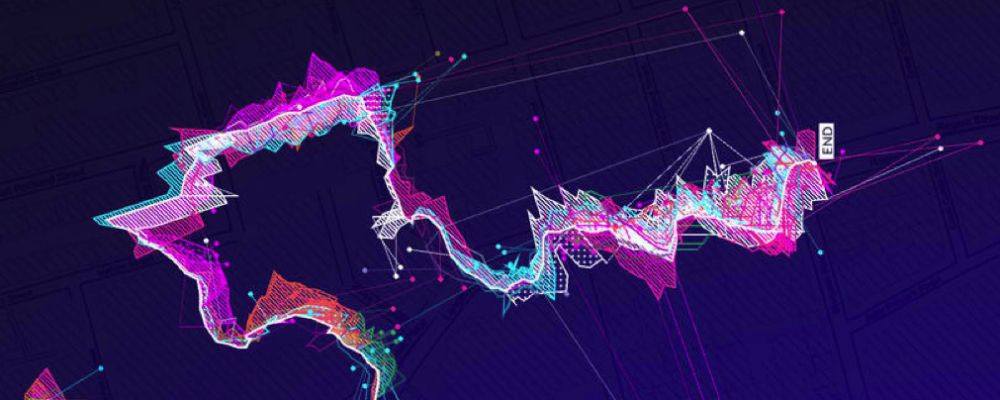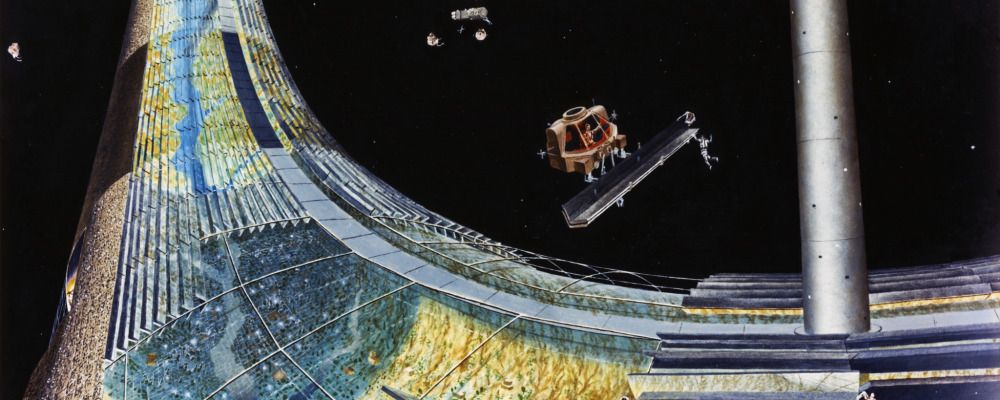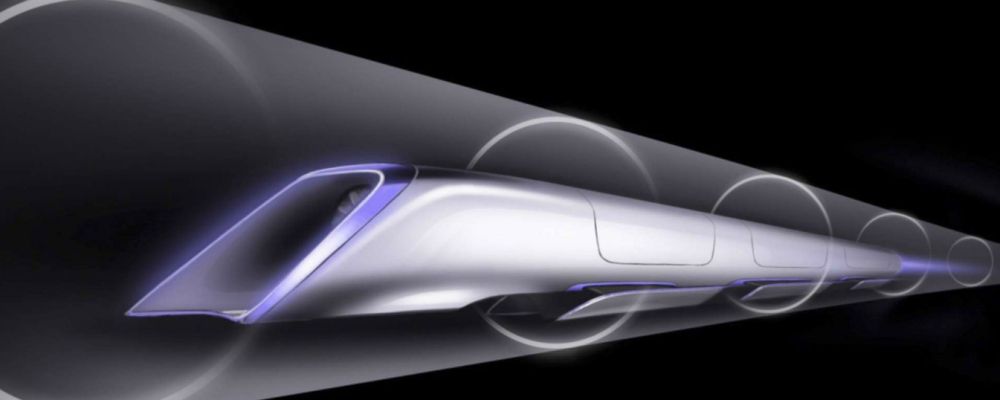Bitcoin exchange Coinbase has brought innovation to the next level by opening the first ever licensed US Bitcoin exchange. Backed by $106 million from the New York Stock Exchange, banks, and venture-capital firms, Coinbase’s newly launched US exchange, said to be named Lunar, will provide greater security features; so as not to repeat the mistakes of Mt. Gox and Bitstamp, the former of which declared bankruptcy last year while the latter has sustained hacking attacks and is now back in the game.
Coinbase has already acquired licenses from 50% of the states in the country, which includes New York. The remaining 50% is still in the works and is necessary to complete to be able to provide full nationwide services. Also, Coinbase does not only look at expanding nationwide, it also looks at expanding worldwide in offering their Bitcoin-related services.
Of this plan, Coinbase CEO Brian Armstrong said: “Our goal is to become the world’s largest exchange”.
For this vision to be realized, Coinbase must make sure that no security attacks will ever threaten the safety of every user’s bitcoins, which is something that the company seeks and proves to show.
On the other hand, Coinbase is not the only one that has the same vision. Entrepreneurs Tyler and Cameron Winklevoss, widely known for their work on Facebook, are also eyeing on the same project.
The twins have already taken the necessary steps such as hiring engineers, enlisting a bank, and engaging with regulators to begin the process of opening their own Bitcoin exchange in the next months to come. The exchange will be named Gemini, Latin for twins.
Despite the volatile prices and security attacks on other exchanges, the Winklevoss twins haven’t lost their confidence in bitcoins and the technology that powers it, which is why they consider a reliable and regulated exchange extremely necessary to bring bitcoins up on its feet again.





